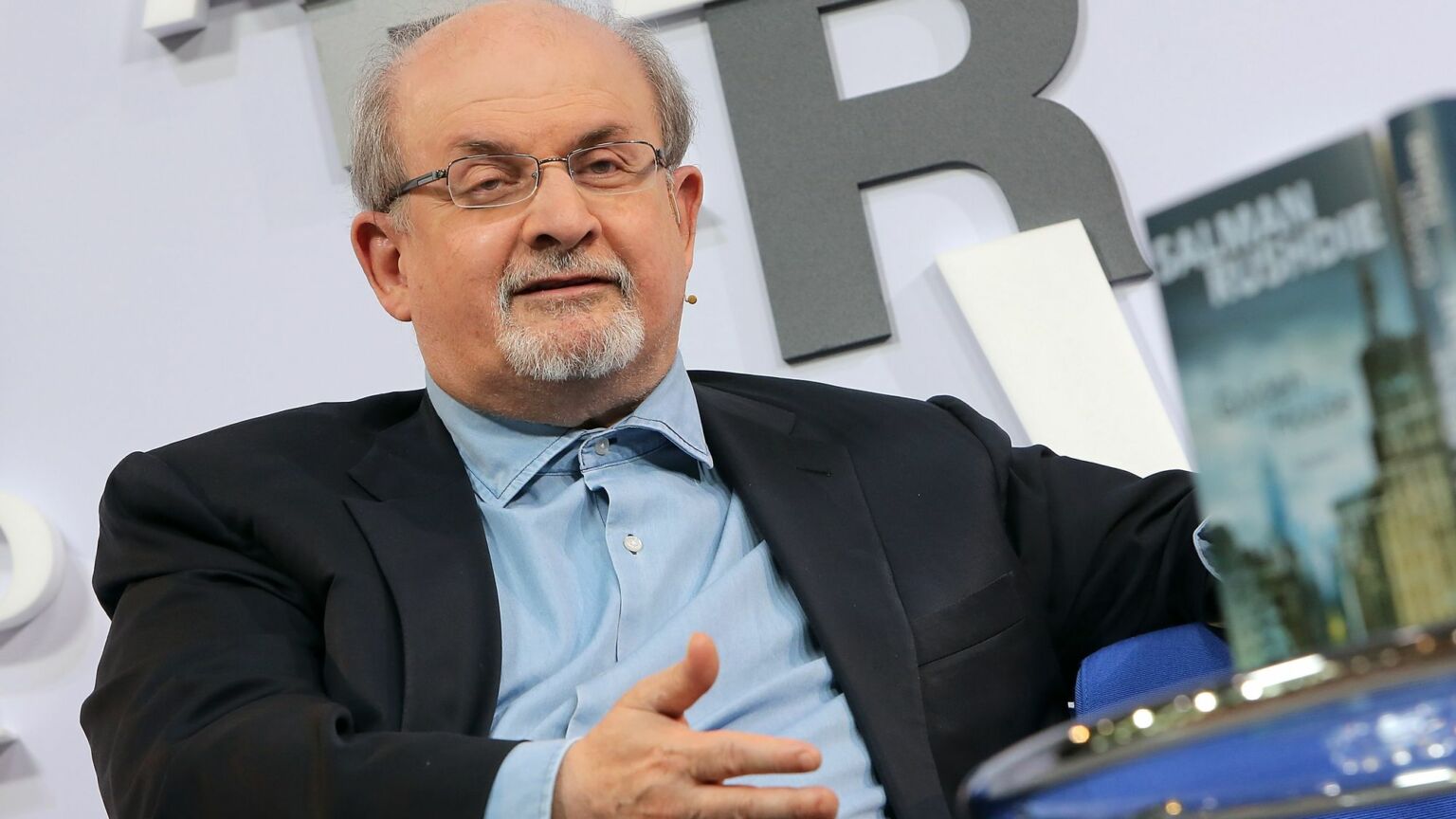The legacy of Walt Disney

 On 15 December 1966, Walt Disney died of lung cancer at age 65. The world then cried the father of Mickey Mouse and a great innovator in animation. Half a century later, what is the legacy of Disney?
On 15 December 1966, Walt Disney died of lung cancer at age 65. The world then cried the father of Mickey Mouse and a great innovator in animation. Half a century later, what is the legacy of Disney?
Tuesday, December 21, 1937, the atmosphere is tinged with excitement and curiosity Carthay Circle Theatre San Vincente Boulevard in Hollywood.
Film buffs and people flock there for the film industry to attend a very special world’s first feature film (83 minutes) animated Snow White and the Seven Dwarfs directed by David Hand and produced by Disney Studios.
Fruit of the turbulent imagination of Walt Disney, this is the first time that a cartoon is brought into feature film.
Bet won!
The next day, the Los Angeles Times speaks of a fulfillment. “Walt Disney offers us the fruit of a Herculean task and assistance for this first meeting was enchanted by this statement,” the article says.
When the work is its national release February 4, 1938, the public responds now. The film has a budget of 1.5 million raking in revenues amounting to tens of millions of dollars. At the Academy Awards ceremony in 1939, Walt Disney received a special Oscar for standard size accompanied by seven mini statuettes. Never seen!
“Everything he did at the time was for the first time, says producer Pascal Blais of Montreal studios of the same name and assumed Disney fan. For example, Snow White was shot seven or eight times in live action. Nobody remembers these films. For cons, the Disney version has had a remarkable impact. The people did not. They said that children were going to burn the retina. Disney held on and made pleasant movies to both children and parents. ”
This stunt is not the first in the career of producer, filmmaker and artist born in Chicago on December 5, 1901. In 1928, Disney reached a first fame with Mickey Mouse, character out of his imagination. In the third short film putting Mickey featured, Steamboat Willie , Disney added sound sync. Success!
“Disney was the first to use sound to add color, put camera movements in his drawings, says the animator Luc Chamberland [ The Dominion of Seth ]. He constantly innovated and sought to go further in his art. ”
“He knew upon the best cartoonists of his day and cause them to detonate their talents,” says Régis Loisel cartoonist who has just published a cartoon, Café Zombo , with Mickey and Horace, two characters “disneysques” encamped during the Great Depression of the 30s.
Pioneer certainly draftsman of great genius too, but constantly working with restraint, observes Thomas Corriveau, a professor at the School of Visual and Media Arts at UQAM and animator.
“Disney had an approach to animation closely linked to a quasi-industrial cultural production, he said. His legacy is a way of looking animation that does not leave much room for a very organic experimental or relative to the image. ”
In other words, with him, it is the general public without the hustle.
“It’s a truffled art of compromise, said Mr. Corriveau. Disney goes in the direction of hair viewer without trying to challenge it. For example, he borrowed stories from the Brothers Grimm, but has made works where the violence is evacuated. He watered them to retain the power of narrative. ”
“Yes, he exploited the seductive side of things for its audience, says Régis Loisel, but dark sides were also preserved, in terms of sentiments, as in Dumbo and Bambi . Elsewhere in Peter Pan was with Captain Hook a very successful villain, but with a ridiculous side very well exploited. ”
The first feature Disney animated features will soon be added works in live action, hybrid films, adventures, documentaries …
Thus, in 1962, Disney studios released Big Red , story of friendship between a boy of 10 years and an Irish setter dog in rural Quebec. The film featured among other Quebecers Gilles Payant, Emile Genest and Janette Bertrand.
“I went to turn a month in California, recalls M me Bertrand. One day, during a break, Walt Disney came to meet us on the board. He said he was an artist. He was a very gentle man, very warm. And above all, a man of great talent. He drew the characters we do not forget. ”
That he let us in its wake? Pascal Blais evokes this need to go further. “He always wanted to do the experiment, invent new things.”
This need for innovation still exists today in the Disney studios, especially in the 3D cinema, says Régis Loisel.
Speaking of 3D, Luc Chamberland gives the example of Avatar James Cameron. ” Avatar is 90% an animated film, he argues. It’s another world created from scratch with a few actors in it. All this stems from the original productions of Disney. ”
“He understood more than anyone else that the animation was a risky undertaking in which he not only had to invest time and money, appeal to a universal audience, but also and above all consistently deliver the much new on the narrative level that technically the risk of losing the public interest, said of his side Dominique Noujeim who in 2013 supported a thesis on the birth of animation. In this, Disney was a pioneer and asked the tags of the animation industry as we know it today. ”
One day, in an interview, the great director and producer Cecil B. DeMille Disney asked what were the golden rules of success. “Only one, replied the man known affectionately Uncle Walt. Never do what someone else can do better than you. “






